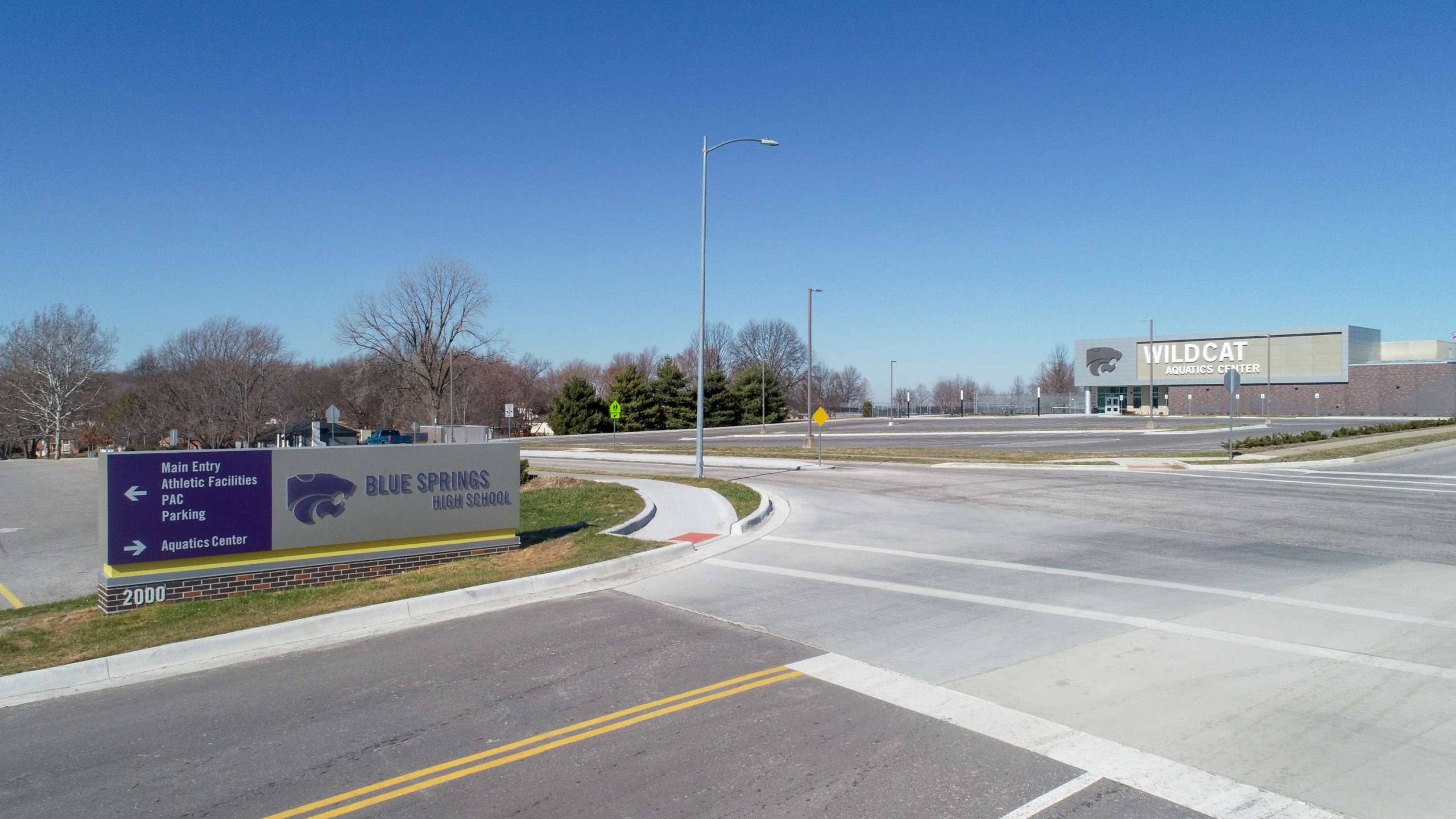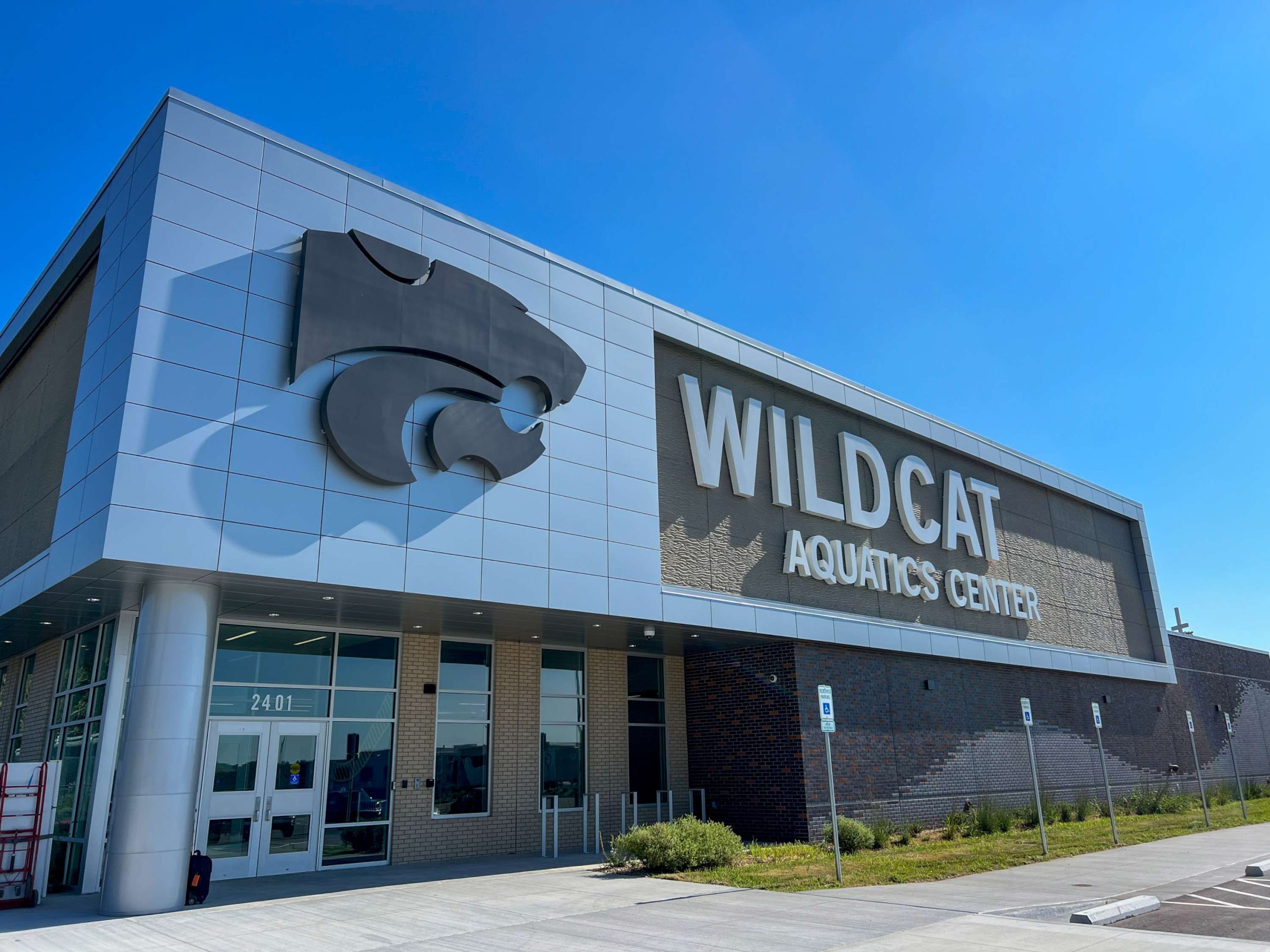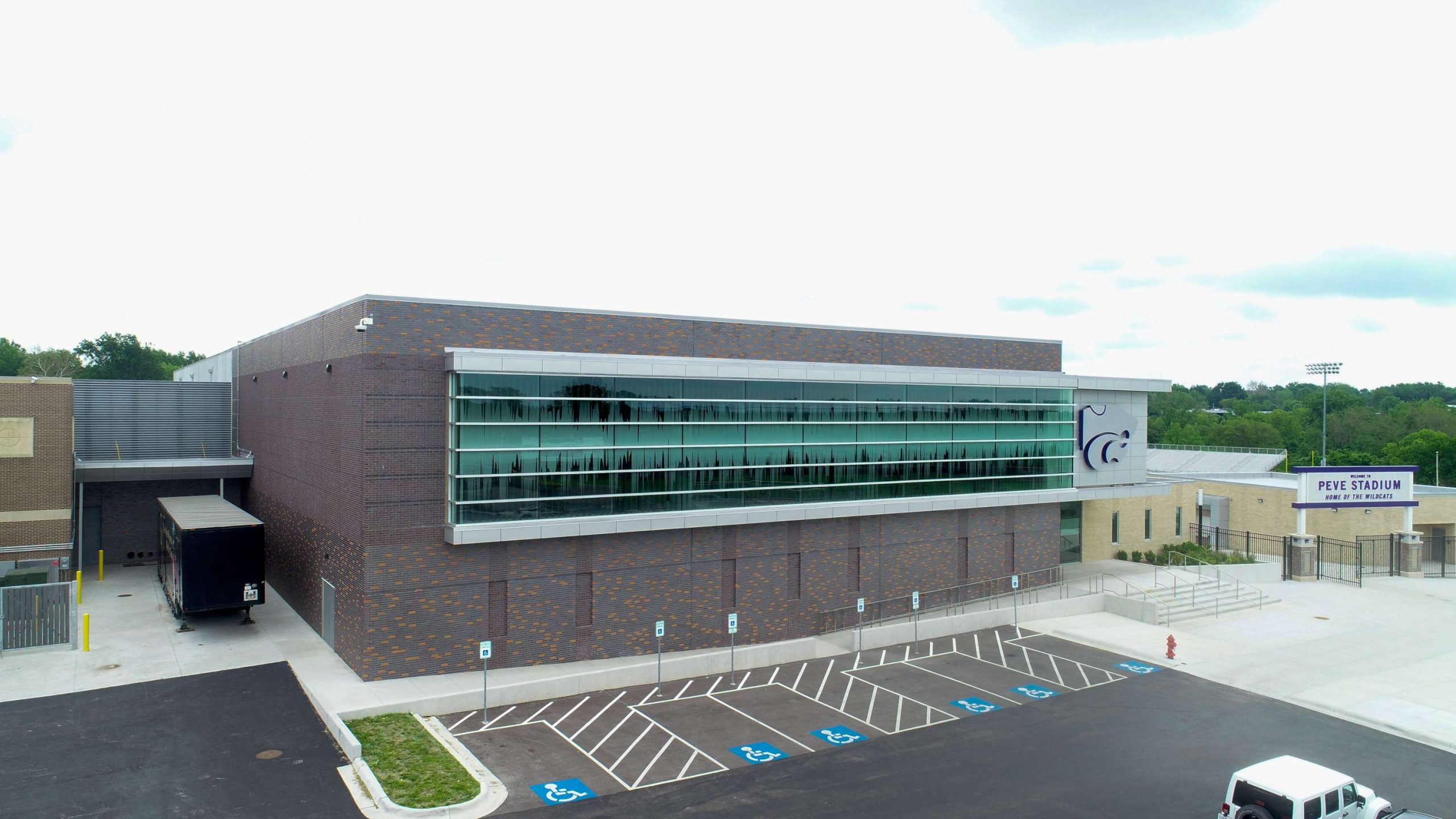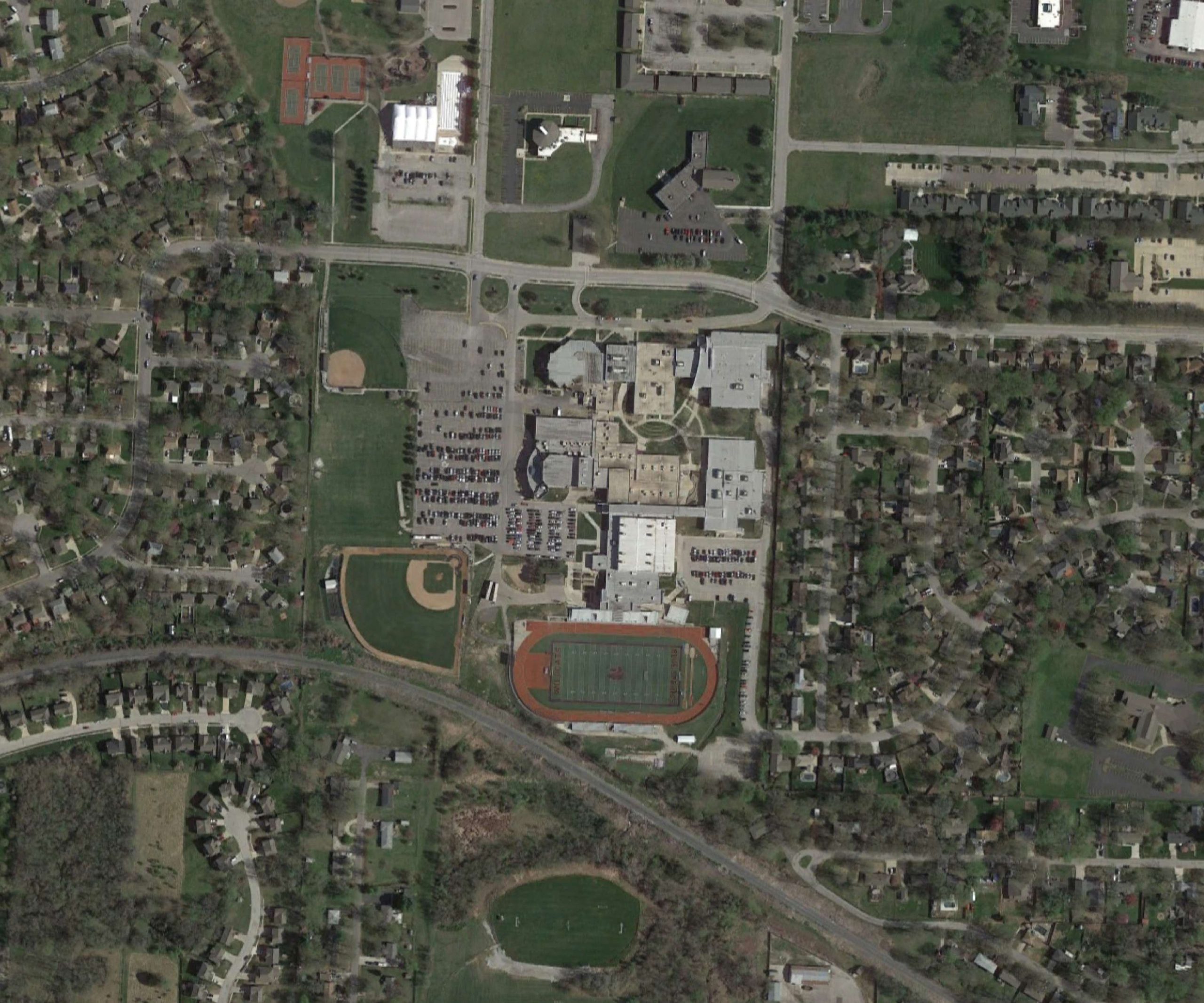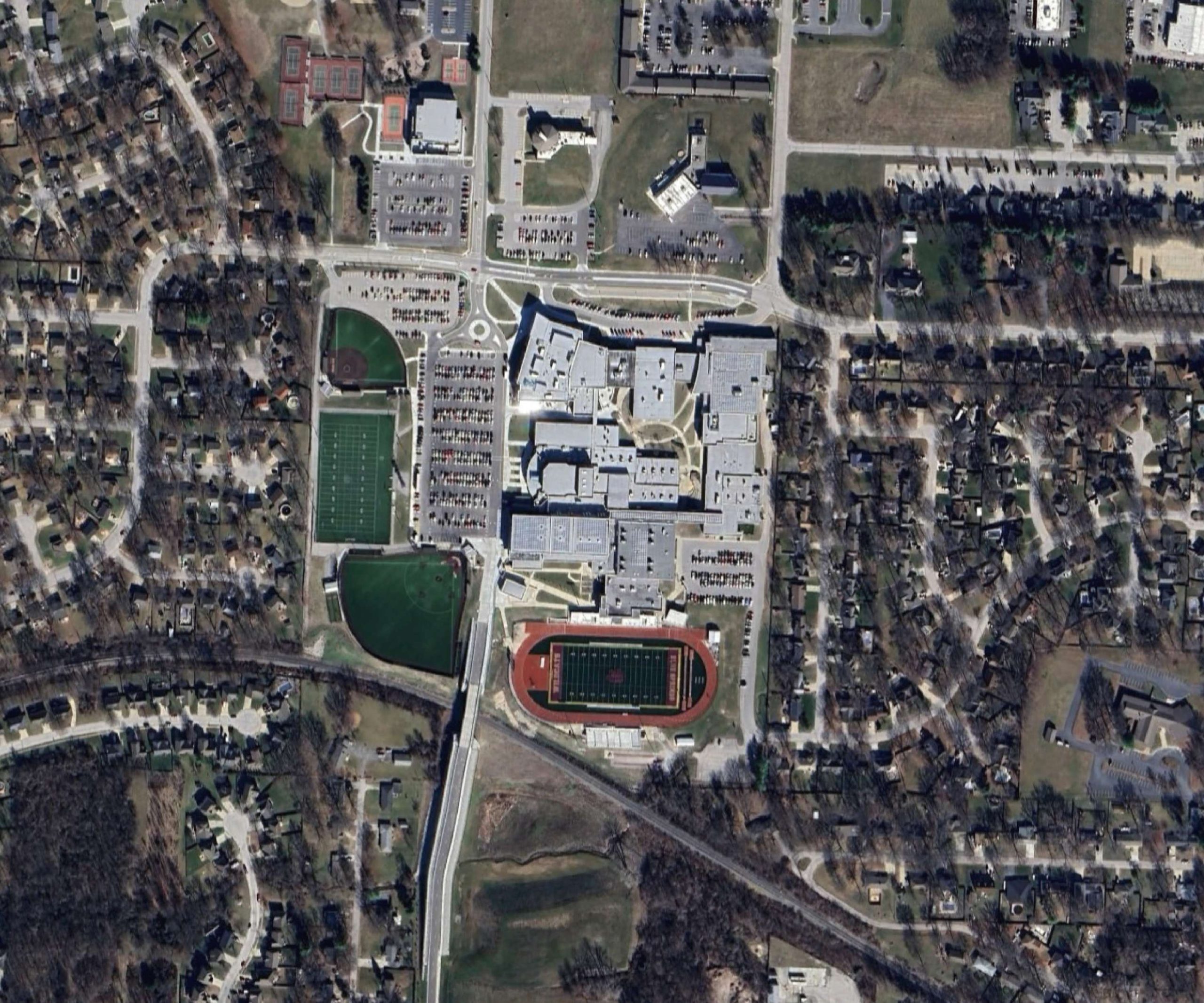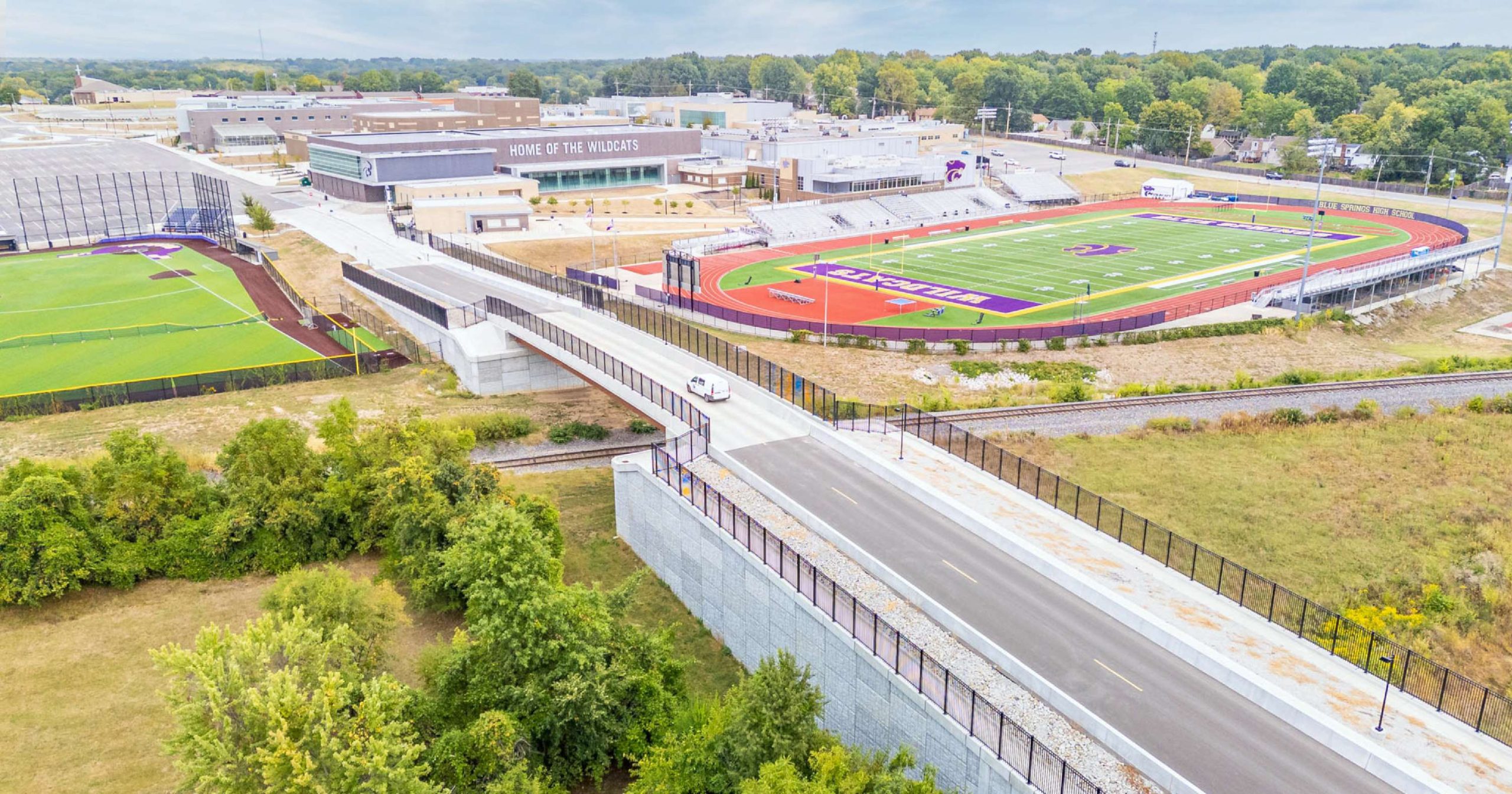
Building Bridges: Blue Springs School District’s Wildcat Drive
January 17, 2025
Bridges are interesting things. We build them when we want to cross an obstacle like a river or another road. They help connect us to places we wouldn’t be able to go otherwise. In some places, bridges are the only thing connecting a town to the rest of the world. And in some cases, a bridge can be a unique answer to an engineering problem.
We have had the opportunity to design bridges of all shapes and sizes that have been functional but also solve problems that arise in our line of work. The bridge we designed for the Blue Springs School District in Missouri was a unique solution to a traffic congestion problem at the high school.
When the district decided to move the Freshman Center to the high school campus, they knew that the increased traffic could be an issue. Our original solution to the traffic problem included adding two roundabouts to South Outer Road, north of the high school and shutting off Ashton Street to through traffic. However, the Blue Springs residents and planning commission were looking for a different solution.
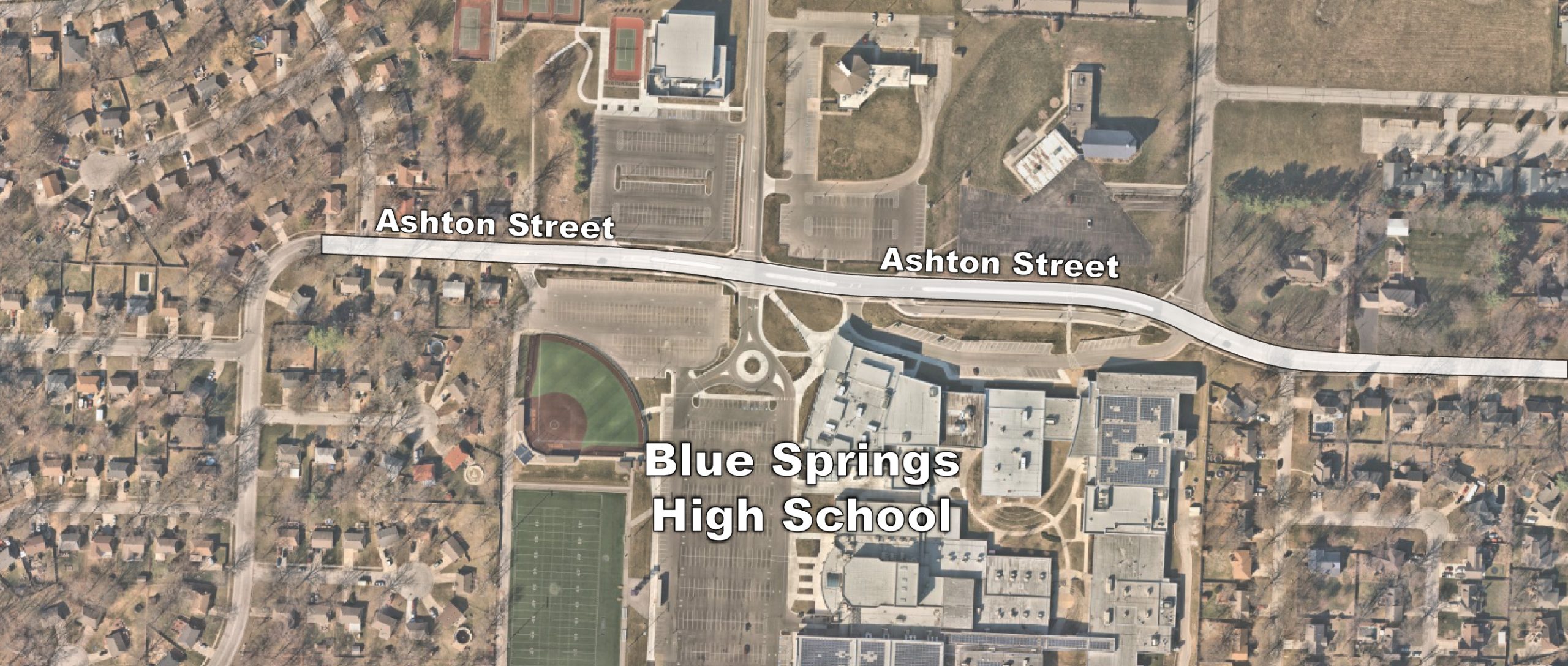
“I think the biggest thing was the community didn’t want to close Ashton Street,” says Brian Hill, civil engineer and principal for MKEC. “They felt that it would have compromised the flexibility of the neighborhoods. So that was a big challenge.”
We went back to the drawing board to work with our architecture partners at Hollis + Miller Architects to brainstorm another solution. That solution was a bridge over the railroad tracks at the south end of the school, which would bring the freshman center traffic in from the direction of the existing freshman center. In addition, safety improvements would be added to Ashton Street to protect the pedestrian traffic.
“I originally thought there’s no way that’s going to fly,” says David Ratley, project manager for MKEC. “There’s no way they’re going to do it. It’s going to be too expensive. There’s a lot of boxes to check, a lot of things to deal with. Long story short, though, everybody liked it; it was approved and built.”
Working with the Railroad
The railroad tracks that run just behind the athletic field at the high school were the biggest challenge to bringing traffic in from that direction. Thus, the need for the new Wildcat Drive to have a bridge.
Placing a private bridge over existing railroad tracks was a new adventure for MKEC.
“It was a little different in that it’s a private bridge, not a public road,” says Jonathan Hisey, structural engineer for MKEC. “Usually school districts don’t own bridges and you’re usually not working for an architect. The general contractor for the entire project didn’t build bridges. They partnered with a subcontractor to build the bridge. It was a little different with the owner and client not being the typical person our bridge team works with.”
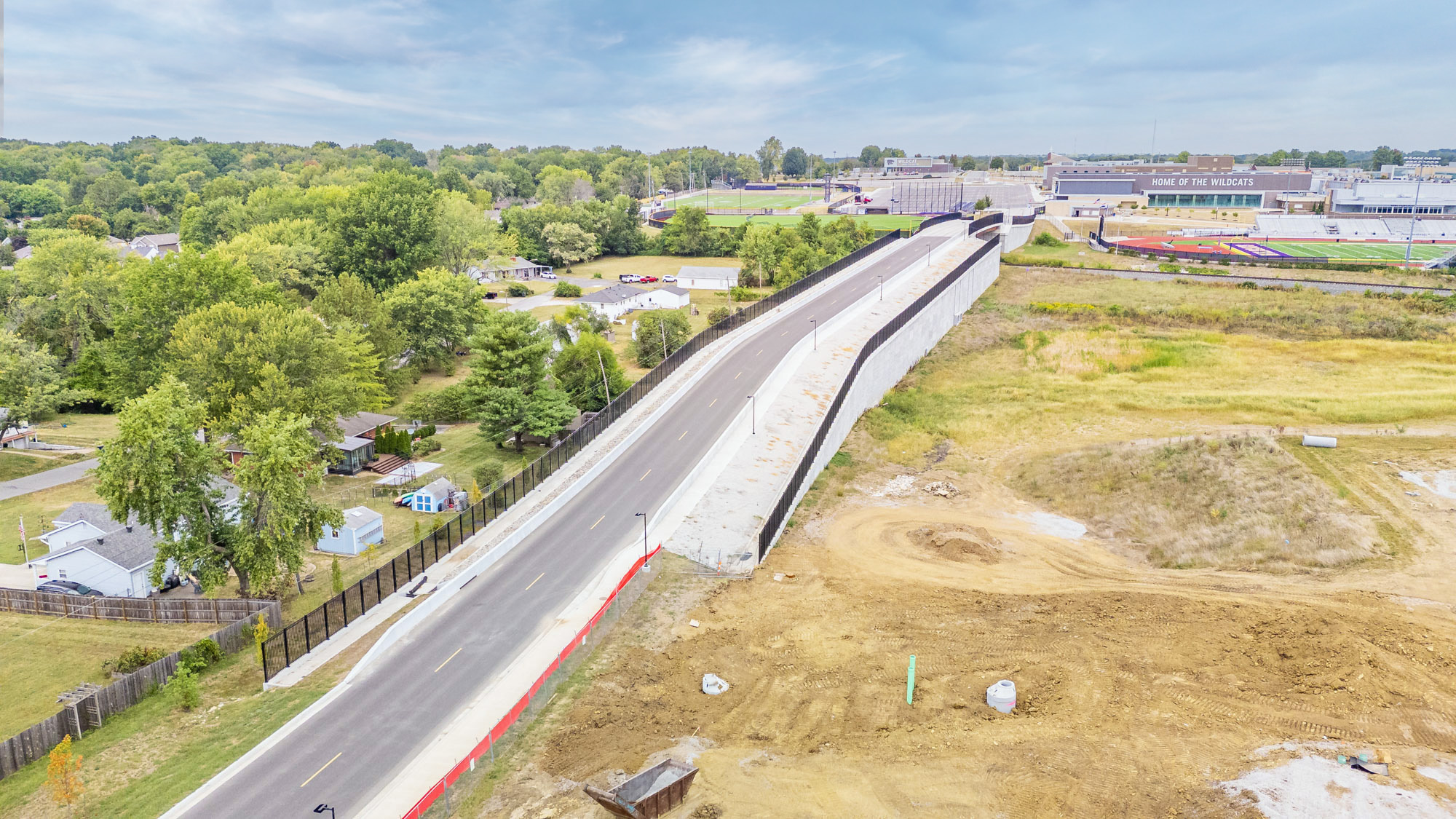
However, dealing with the railroad itself was a fairly smooth process. The main concern for everyone was the safety of the students using the bridge both in vehicles and as pedestrians.
“I would say there were some interesting conversations,” Hisey says. “Conversations you’re not used to having. There’s a lot of fence along the whole road. I’m looking at fence for safety purposes. The fence has to be strong enough so it doesn’t give way if kids push on it or climb on it.”
In addition, the railroad required that the bridge meet their vertical clearances and that no water drained onto railroad property.
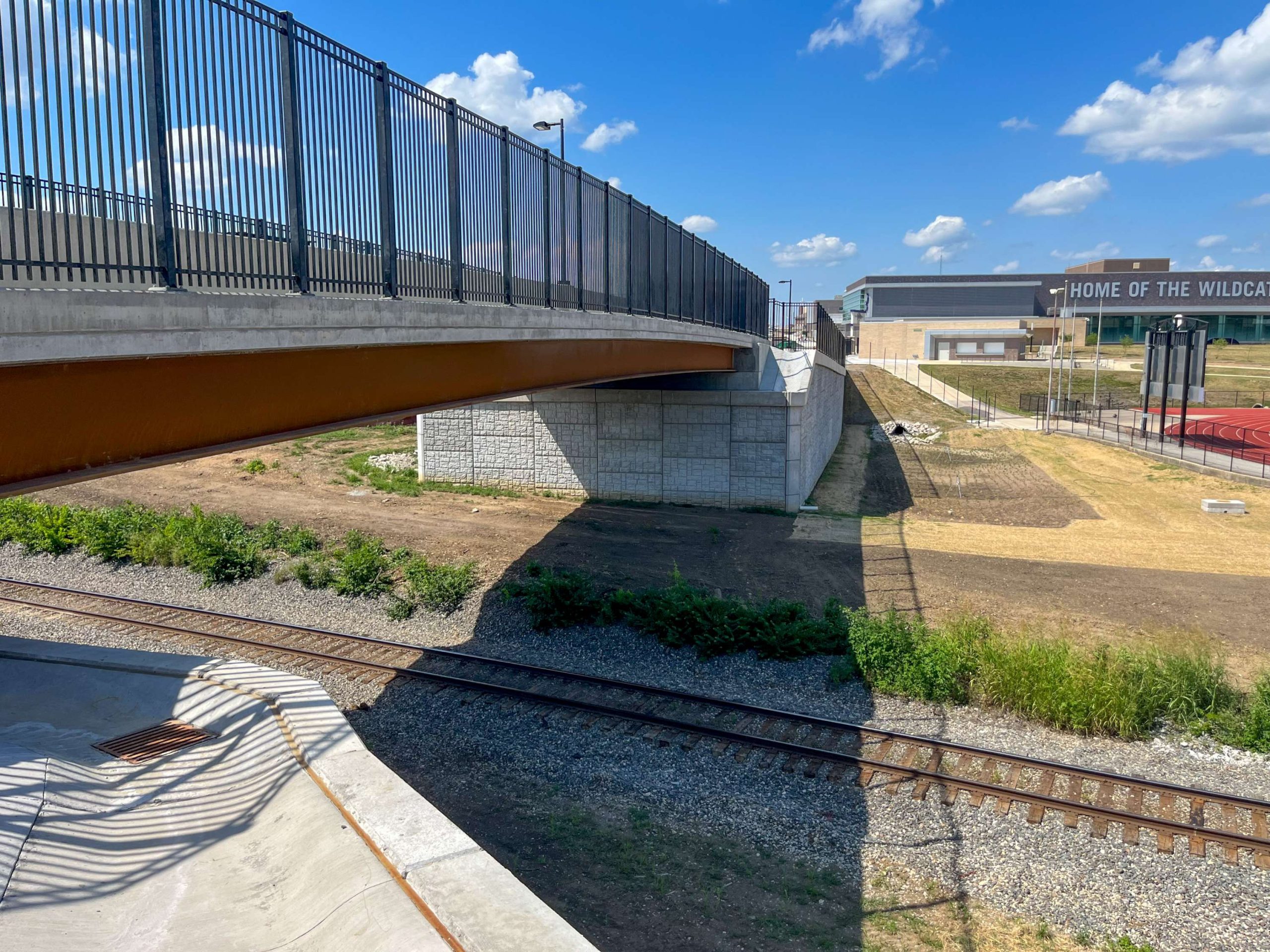
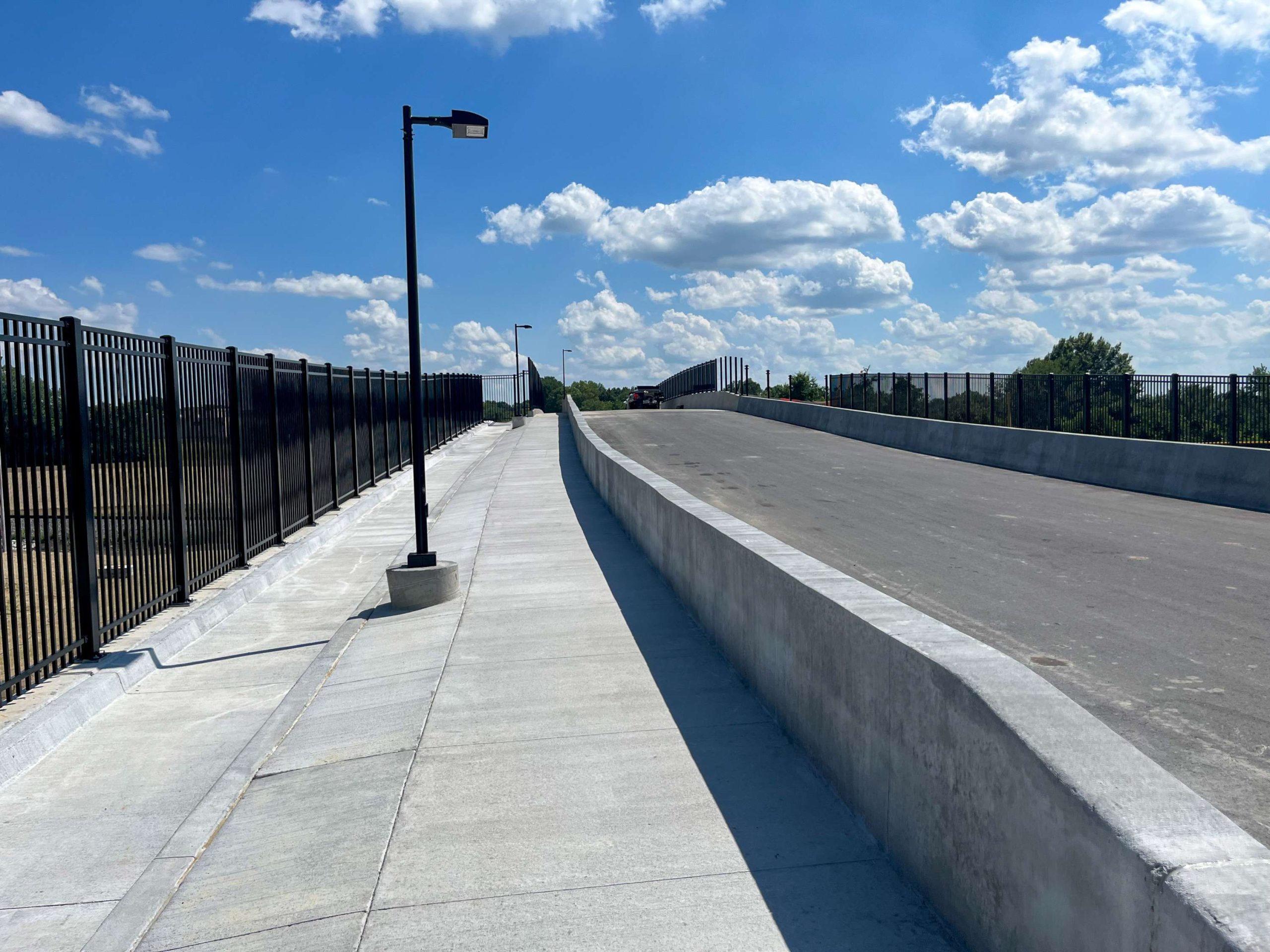
A Matter of Trust
Bridges aren’t just something we build for our clients; we also build bridges with our clients.
Our relationship with the Blue Springs School District goes back over a decade. We have designed multiple projects, including a new high school gymnasium, new career and innovation center building, parking lots, a new front façade for the school, new entrance to the football field, classroom additions, and a new aquatic center. Over the years, we have worked together to create innovative solutions that solve problems.

“We’ve done a lot of work with the district. I enjoy working with them because they love the community and their students.”
David Ratley, Project Manager, Civil Engineer
MKEC’s multi-discipline team and the expertise of our engineers in Kansas City, Wichita, and Oklahoma City allowed us to draw on the strengths of each member of the team to present a solution that would work. In addition, our long-time relationship with the school district meant that when we brought them an out-of-the-box solution to the traffic problem created by the new freshman center, they were willing to listen and immediately buy in.
“Our longevity working with Hollis + Miller was an asset,” Hill says. “We came to the table as a team who had worked together for a long, long time. And we’ve worked on a significant number of projects with the general contractor, J.E. Dunn. Especially on an existing site, you’re going to have challenges. I think that our working relationship with the design and construction team helped significantly. This exhibits the trust that the district has in our team as they trusted us to be involved in multiple phases of this project.”
